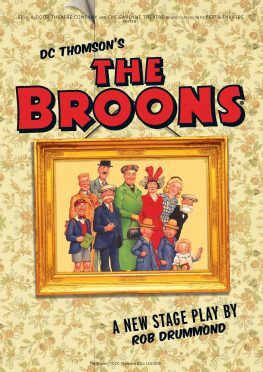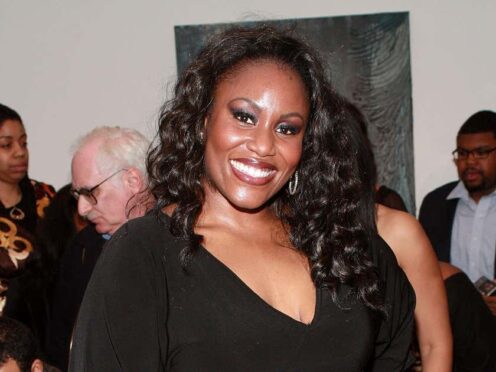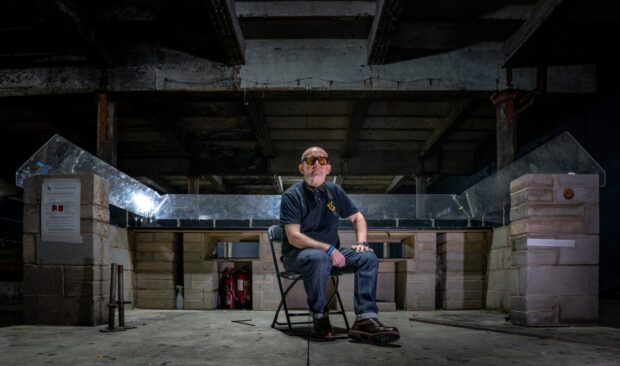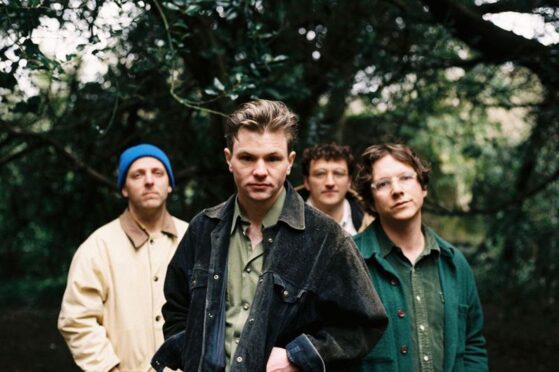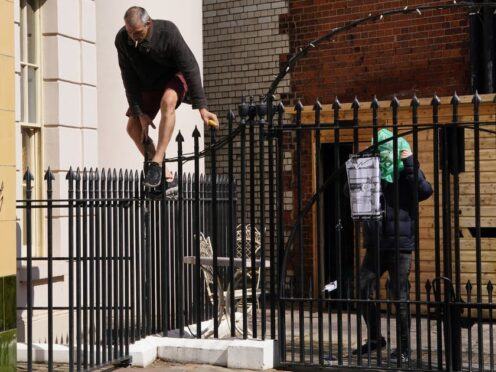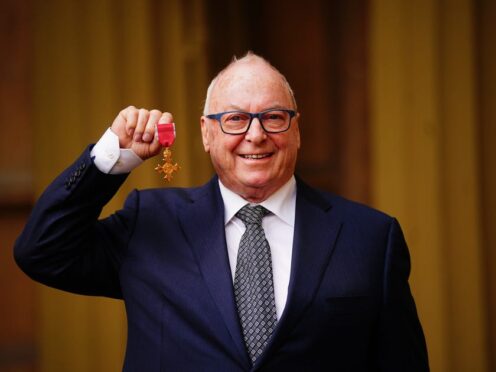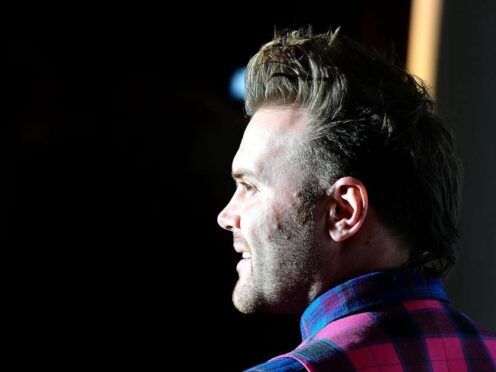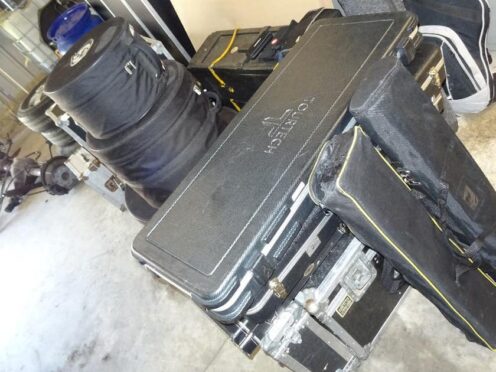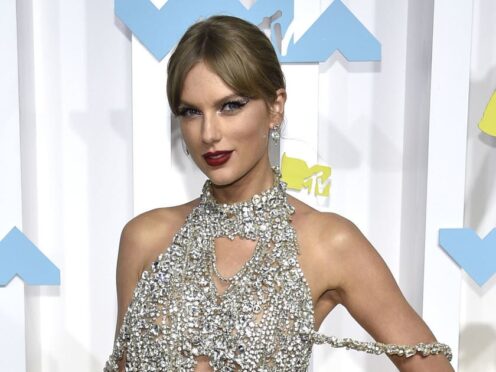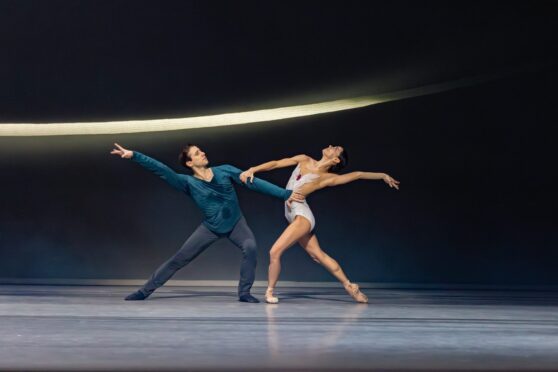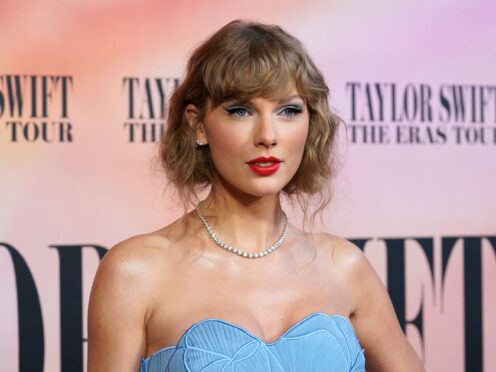Making the leap from page to stage are Scotland’s best-loved clan, The Broons.
They’re one of Scotland’s most famous families, and they have been cleaning the tenement stairs at Glebe Street for the last 80 years.
And the chances are that, whether you are a child of the 1940s, the swinging 60s, or entered the world to the sounds of Cool Britannia, you will have laughed out loud at the madcap antics of Maw, Paw, Horace, Hen, Daphne, Joe and the rest of the Broons kith and kin.
As one of the world’s most iconic cartoon features, these characters need no introduction. Yet, according to Paul Riley, who takes the role of Paw in a new theatre production which visits Eden Court, Inverness, next week, and His Majesty’s Theatre, Aberdeen, from October 18, the very familiarity of the beloved clan’s antics poses questions as well as answers.
After all, everybody has an idea in their heads about how these people would sound. Not least from their fabled lexicon of catchphrases, including “Jings, crivvens, help ma boab”, which is about as famous in its own right as Bart Simpson’s “Eat my Shorts”.
So, when you are dramatising their lives and breathing flesh and blood into them, you need to be careful, which explains why the cast and award-winning playwright Rob Drummond have been working their socks off to get it right.
Paul is most famous for playing the hapless Winston Ingram in the TV series Still Game. But, for the foreseeable future, his thoughts are focused entirely on portraying Paw, a man whose view of his own IQ and capabilities are often at odds with the reality.
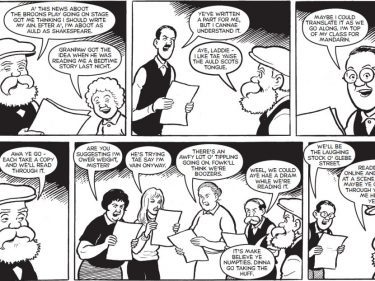
As he told me: “It’s a big undertaking, because there can hardly be anybody in Scotland who hasn’t grown up with The Broons. I read the annuals and I loved the different storylines, but that was all in my head. The first thing, when you are bringing it to the stage, is: ‘What do these characters sound like?’ Then you have the issue of where they come from. We know they live in Glebe Street and go to the But an’ Ben for their holidays, but where are these places?
“They’re not in Glasgow, or in the east, but they’re a little bit in the north-east and they are close to wherever we happen to live. These people are universal and it’s important to remember that fact, but Rob has done an excellent job in that regard.
“It’s all about striking the right balance. The (Sunday Post) illustrators might have changed and, as life moved on, they introduced a few modern touches, such as laptops and mobile phones, but the family pretty much stood still. So we have to keep that connection. It’s a family show and there is lots of music in it, and I think that if you didn’t include some shortbread music, the audiences would just shake their heads and leave.
“But the bottom line is that The Broons are a wonderful part of Scottish life and it’s terrific to have the opportunity to take them off the page and on to the stage and see what they get up to.”
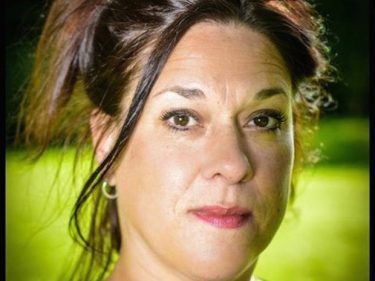
Rob Drummond shares that exhilaration, although he recognises the scale of the challenge in meeting audience expectation as the Sell A Door production travels throughout the country.
He said: “I almost fell off my chair when I was asked if I wanted to write a Broons play – it’s so iconic that it’s like Scottish royalty, almost. Being asked to take care of something so important is quite daunting, so I had to re-immerse myself in the world of The Broons. I read the earliest annuals first and moved on to every decade to try and work out what the characters sounded like.
“I’m halfway between excited and terrified. But it’s a good kind of fear. I care a lot about this.”
The new work sees the Glebe Street gang preparing for Maggie’s wedding – a storyline which originally appeared in the strip in 1977 – but both Paul and Rob were disinclined to tamper with such a successful and enduring part of Scottish folkore.
As Rob said: “I didn’t want to do anything too outlandish – the Broons Go to Benidorm or the Broons Populate Mars. With Maggie’s wedding, I wanted to keep it completely loyal to the source material rather than trying to do anything too clever.
“It’s a comedy, first and foremost, so there are going to be a lot of laughs, but there’s a lot of heart in the show as well. It’s about a family who love each other and want to stick together.”
The Broons were unusual for their time in boasting strong female protagonists, not least the Bairn, who always seemed old before her years. And, of course, there was Maw, who held the family together and made sure their scrapes never led to anything more serious.
In the new show, she will be depicted by Aberdeen actress Joyce Falconer, who appeared in River City and the spectacular live performance of Granite.
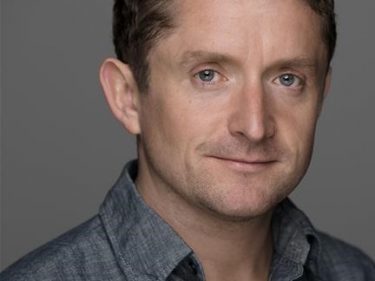
Joyce said: “I’m delighted to be playing such an iconic part. I grew up loving The Broons and, although it was obviously a cartoon, the characters were very real to me and my family.
“The new annual received on Christmas morning was always greatly anticipated. Maw Broon is formidable and sometimes fierce when she needs to be, but she is also loving and soft-hearted. She is the archetypal Scottish matriarch.”
As Paul Riley said, in matter-of-fact fashion: “It’s important to get this right.” But it sounds as if this labour of love will be a perfect autumn treat.
MEET THE BROONS
Few people would have guessed how popular The Broons would become when they made their first appearance in the Sunday Post in March, 1936.
They were part of a new venture, the Fun Section, which also included Oor Wullie, and both strips were drawn by the then-unknown English artist, Dudley D. Watkins.
At the outset, the latter thought the commission would only be for six to eight weeks, but The Broons captured the public’s imagination immediately and Watkins went on to draw them with a loving attention to detail for more than 30 years until his death in 1969.
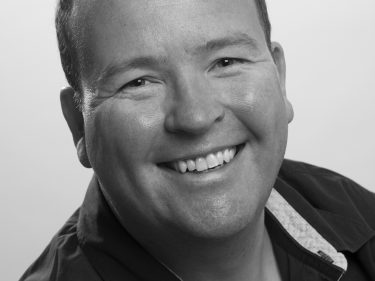
He was working with a large cast in Glebe Street: there was Paw, Maw, Hen, Joe, Maggie, Daphne, Granpaw, the Twins and the Bairn.
Yet their success was phenomenal, whether covering the war years from 1939-45 or in moving with the times and capturing Paw and Granpaw’s horror at the emergence of Teddy boys in the 1950s and miniskirts the following decade.
Some things didn’t change: Daphne kept getting her heart broken, Paw continually made an ass of himself when he tried to assert his authority, and the kids always misheard messages about Granpaw.
But they were an extended family with a loving centre. Eighty years on, they still have a vast audience for their antics every Sunday.
The Broons are live on stage at Eden Court Theatre, Inverness, from October 3-5 (01463 234234) and at HMT Aberdeen from October 22 (01224 641122).
